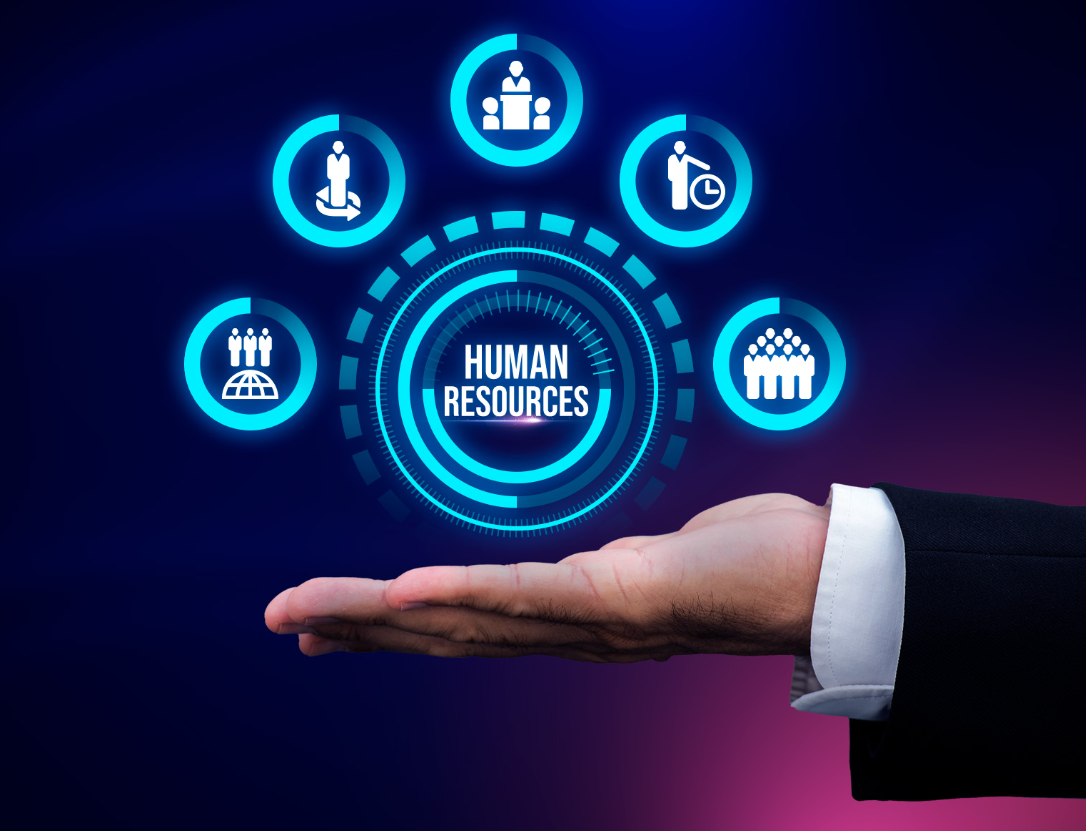Nowadays, companies are increasingly relying on technology to streamline their operations. One such indispensable tool is HRMS Software or Human Resource Management System Software, which is designed for optimizing HR processes. Hence, it simplifies everything related to employee management, from recruitment to employee exit.
As a result, it is essential to understand the key features of this software for businesses looking to enhance efficiency. With this blog, we will be checking out the essential features of HRMS software, which will help you identify what to prioritize when choosing the right solution for your organization.
Core HRMS Features
At the heart of any HRMS Software are its core HR functionalities. These features are the backbone of workforce management and ensure smooth day-to-day operations. By automating these core HR functions, businesses can save time and focus on strategic initiatives.
Some of the commonly used core HRMS features are:
Database Management
An HRMS serves as a centralized database of employee information, including their contact details, job roles, performance history, salary and income tax information, and more. It helps ensure easy access and better information organization.
Payroll Processing
Automating the payroll processes with an HRMS reduces the chances of manual errors. Features like salary calculation, tax compliance, and direct bank transfers streamline financial operations for companies, resulting in smooth payroll processes.
Attendance Management System
With a dedicated attendance management system, HRMS provides real-time tracking of employee attendance and work hours. It integrates seamlessly with the organizational leave policies, ensuring compliance and reducing administrative burdens.
Recruitment & Onboarding Features
Hiring and onboarding new employees can be time-intensive and stressful for the recruiters of any organization, but an efficient HRMS simplifies the processes associated with it. It also improves the candidate experience and helps organizations onboard talent seamlessly.
Some of the major aspects of recruitment and onboarding are:
Applicant Tracking System (ATS)
From job posting to resume screening, a robust ATS streamlines the entire recruitment process. It ensures that the right candidates are shortlisted, reducing the time to hire for organizations.
Onboarding Automation
HRMS platforms also digitize the complete onboarding process by automating document collection, assigning tasks to different teams, and introducing new hires to company policies. Modern HRMS even uses Mixed Reality to make the process interactive with the recruits.
Employee Self-Service Portal (ESS)
An HRMS often includes a dedicated Employee Self-Service (ESS) portal, that empowers the staff to manage their routine tasks independently from the HR team. Reducing the dependency on HR teams enhances organizational transparency, and helps create a sense of autonomy among the employees.
Using their ESS portals, employees can undertake the following tasks:
- They can view and update their personal and professional details.
- They can mark or regularize their attendance and apply for leave.
- They can access their payslips and other documents.
- They can apply for expense reimbursements and raise tickets.
Performance Management Features
Employee performance is directly tied to organizational success, making performance management a critical component of HRMS Software. The performance management features of HRMS boost employee engagement and drive productivity by aligning individual goals with organizational objectives.
Some of the prominent employee performance-oriented features of HRMS include:
Goal Setting and Tracking
Using the HRMS, managers and employees can set performance objectives, track their progress, and measure the outcomes, resulting in increased performance efficiency.
360-Degree Feedback
It also helps capture comprehensive performance reviews from peers, subordinates, and supervisors, ensuring fair assessments. Since the performance data also proves useful in appraisals, it also increases the trust and loyalty of the employees in the company.
Learning and Development Tools
Modern HRMS often incorporate learning and development modules, enabling organizations to easily upskill their workforce. Through interactive training sessions and unbiased assessments, the employees can stay competitive and aligned with industry trends, which is also essential for long-term organizational success.
Some of the common learning management features of HRMS are:
E-Learning Platforms
It provides integrated tools for hosting training sessions, webinars, and courses. Such interactive training, combined with gamified quizzes ensures knowledge retention too.
Skill Gap Analysis
Modern HRMS also helps the HR teams identify areas where employees need improvement and offer targeted training, resulting in effective upskilling and enhanced performance.
Analytics and Reporting
In today’s data-driven world, HR analytics is critical for making informed decisions. To aid this objective, HRMS provides the following analytical features:
HR Analytics
It helps the HR teams analyse workforce trends, monitor attrition rates, and identify skill gaps.
Custom Reports
Additionally, it also helps generate reports tailored to specific metrics like employee productivity or training outcomes.
Integration Capabilities
An efficient HRMS also integrates with other tools and systems to create a cohesive workflow. For instance, it can integrate with:
- ERP systems for financial data synchronization.
- CRM tools for sales and HR collaboration.
- and, other third-party apps for enhanced functionality.
These integrations ensure seamless data sharing and eliminate redundancies, enhancing the operational efficiency of the organization.
Data Security and Compliance
One of the most critical aspects of HRMS Software is its ability to safeguard sensitive employee data. Enhanced data security not only builds trust among employees but also ensures that the organization remains compliant with industry standards.
Common security features of an HRMS include:
Data Security
Features like role-based access control, encryption, and secure servers ensure data integrity.
Compliance
The software also helps businesses adhere to labour laws, tax regulations, and data protection policies, reducing legal risks.
Conclusion
An HRMS is more than just a tool; it is a strategic partner that transforms HR operations into simple and efficient tasks. By leveraging features like attendance management, performance tracking, and employee analytics, businesses can effectively drive efficiency. With the right HRMS in place, your HR team can focus on what truly matters – nurturing talent and achieving organizational excellence.
Hi, I am Adam Smith, Admin Of TechSketcher, Creative blogger and Digital Marketer.
